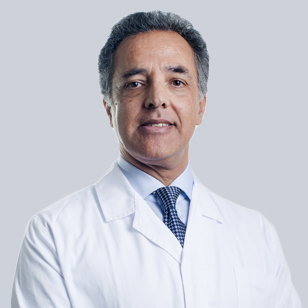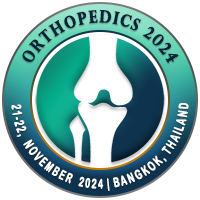
Pedro Pimentão
Head of Shoulder and Elbow Surgery , al Lusiadas Hospital, Lisboa PortugalTitle : Orthobiologics in arthroscopic shoulder surgery rationale and my experience with the use of bursal graft in rotator cuff repairs
Abstract
Rotator cuff pathology are very common worldwide, and efforts are being made specially to deal with tears
It is common sense that the vast majority need to be repaired, and arthroscopy is the way to do it. So, repair techniques (single row, double row, side-to-side and more), long biceps procedures (tenodesis, tenotomy) and new materials (anchors, sutures) are frequently showing out.
However retear rates are still high (even up to 80%) and the focus now is on the healing process, improving tendon to bone interface and cuff tendon strength. Pluripotential mesenchymal cells are found in bone marrow, adipose tissue and subacromial bursa, and are being used in shoulder cuff surgery to help in healing
I describe and show (video) a simple arthroscopic technique in which I collect the subacromial bursa of the patient with a special device, I repair the cuff and at the end of the surgery, I put the bursa tissue back over the repair.
Biography
Specialized in Orthopedics since 1991
Member of the Portuguese Society of Orthopedics and Traumatology, and of The Portuguese Society of Arthroscopy and Sports Traumatology.
Past- President of the Portuguese Shoulder an Elbow Surgery Society
International Member of the Arthroscopy Association of North America
Currently works at Hospital dos Lusíadas, Lisboa Portugal, certified by JCI ( Joint Comission International) where he leads a Shoulder Department

